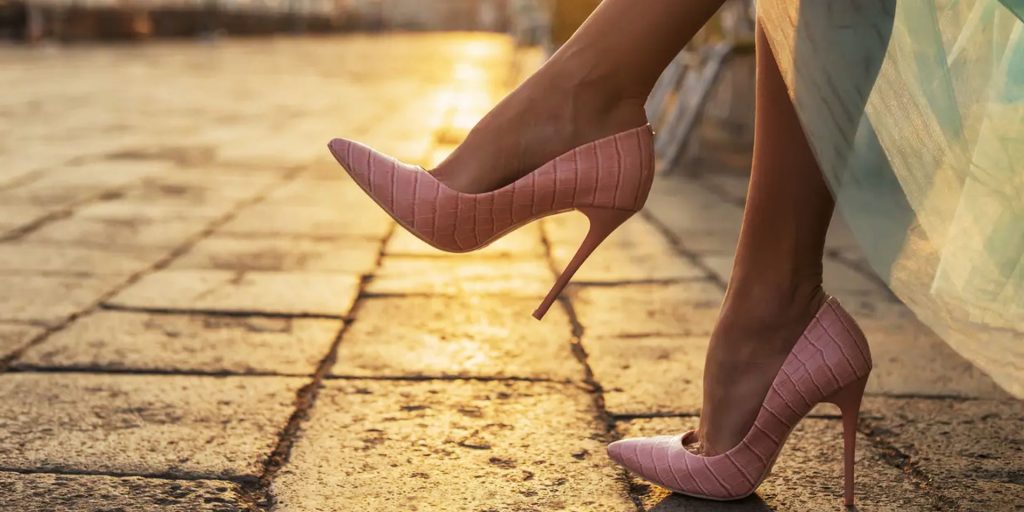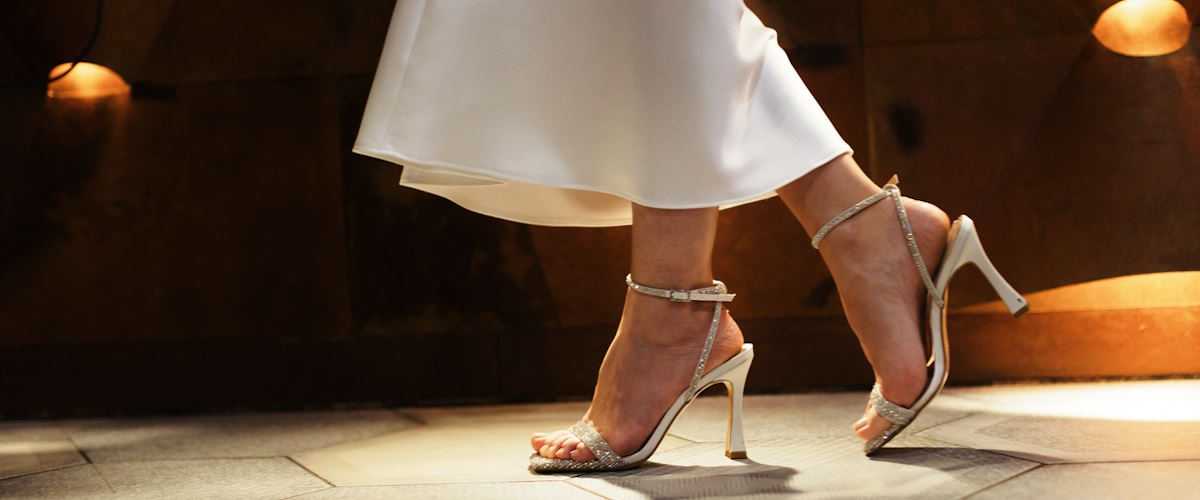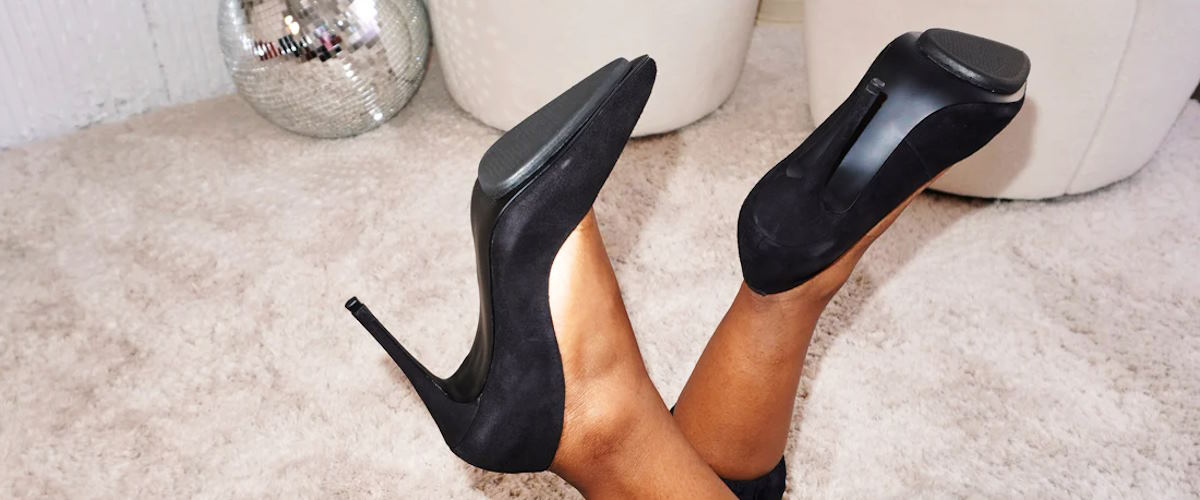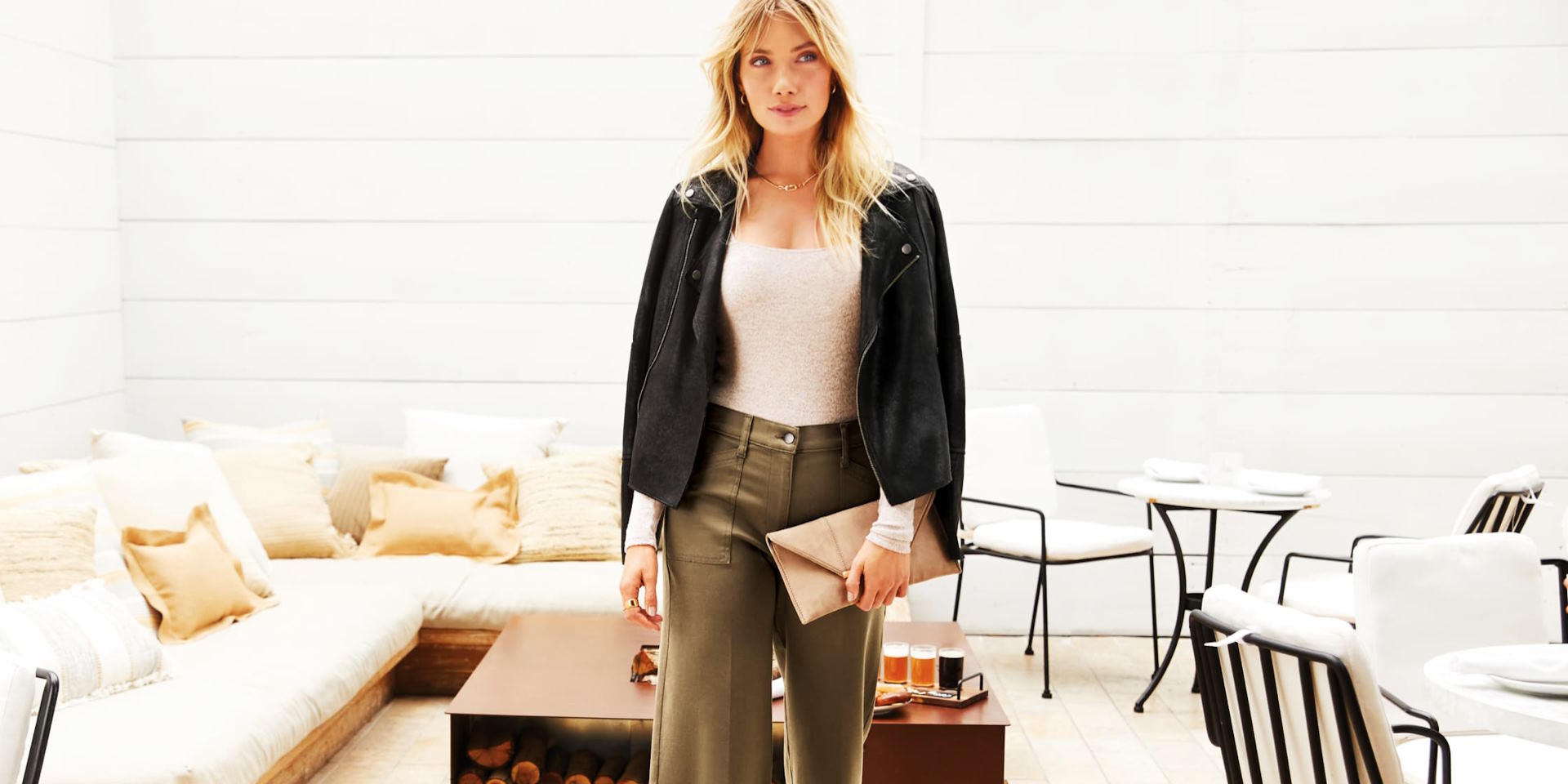Tips for Wearing Heels Without Sacrificing Comfort

Let’s be honest—heels can make you feel like you’re on top of the world, but by the end of the day, they often leave your feet begging for mercy! Have you ever wondered if there’s a way to wear those stunning stilettos without feeling like you’re walking on nails? Well, good news: you don’t have to sacrifice comfort for style.
Choose the Right Heel Height
One of the most important factors in comfort is the height of the heel. While sky-high stilettos may look incredible, they aren’t always the best choice for comfort. But that doesn’t mean you need to ditch heels altogether!
Here’s a general rule of thumb: lower heels, ranging from 1 to 3 inches, are typically more comfortable. These heights allow you to maintain balance without putting too much pressure on the balls of your feet. Think of it like riding a bike—if the seat is too high, you’re off-balance and uncomfortable, but adjust it to the right height, and everything just clicks.
Types of Heels and Comfort Levels
| Heel Type | Comfort Level | Ideal for |
| Kitten Heels (1-2 inches) | High comfort | All-day wear |
| Block Heels (2-3 inches) | Moderate comfort | Events, longer wear |
| Stilettos (4+ inches) | Low comfort | Shorter outings |
When picking your heels, aim for a height that gives you confidence without the pain. It’s all about striking a balance between style and comfort.
Opt for Cushioned Insoles
Do you ever wish your heels had the comfort of your favorite sneakers? Well, that’s where cushioned insoles come in. Adding gel or foam insoles to your heels can drastically improve your comfort, offering that much-needed support to the balls and arches of your feet.
Insoles work as an extra layer of cushioning between your foot and the shoe. Just like putting an extra pillow behind your back on a long road trip, they reduce pressure and help absorb impact. There are many types of insoles designed specifically for high heels:
- Gel pads for the ball of your foot – Reduce pressure and prevent burning sensations.
- Arch support insoles – Provide stability and reduce foot fatigue.
- Heel cushions – Prevent blisters and add extra comfort to your heel area.
Wear Heels with Wider Toe Boxes
Have you ever worn heels that make your toes feel like they’re squished together in a vice? That’s likely because of a narrow toe box. A narrow toe box can cause blisters, cramps, and long-term discomfort.
The solution? Opt for heels with a wider toe box. When your toes have more room to breathe, you’ll notice an immediate difference in comfort. Picture this: if you’re crammed into a crowded elevator, you can’t wait to escape. But if the space opens up, you’re suddenly a lot more relaxed. The same goes for your toes in heels.
Common Toe Box Shapes
| Toe Shape | Comfort Level |
| Pointed | Low comfort |
| Almond | Moderate comfort |
| Round | High comfort |
| Square | High comfort |
Shoes with a round or square toe box allow your toes to move more freely, reducing the chance of discomfort. Plus, they’re a stylish alternative to the classic pointed toe.
Break in Your Heels
One of the most overlooked tips for wearing heels comfortably is breaking them in. New shoes are often stiff and rigid, and wearing them right out of the box can lead to blisters and discomfort. The trick is to break them in gradually—don’t rush into a 12-hour day in brand-new heels!
Here’s how you can break in your heels effectively:
- Wear them around the house: Start by wearing your new heels at home for short periods. This helps soften the material and allows your feet to adjust.
- Use thick socks: Put on a pair of thick socks and walk around in your heels. The added bulk will help stretch the shoes slightly.
- Bend and flex: Gently bending and flexing the heel can also soften the sole and make the shoes more flexible.
Breaking in your heels is like seasoning a cast iron skillet—it gets better with time, and eventually, it molds perfectly to your needs.





